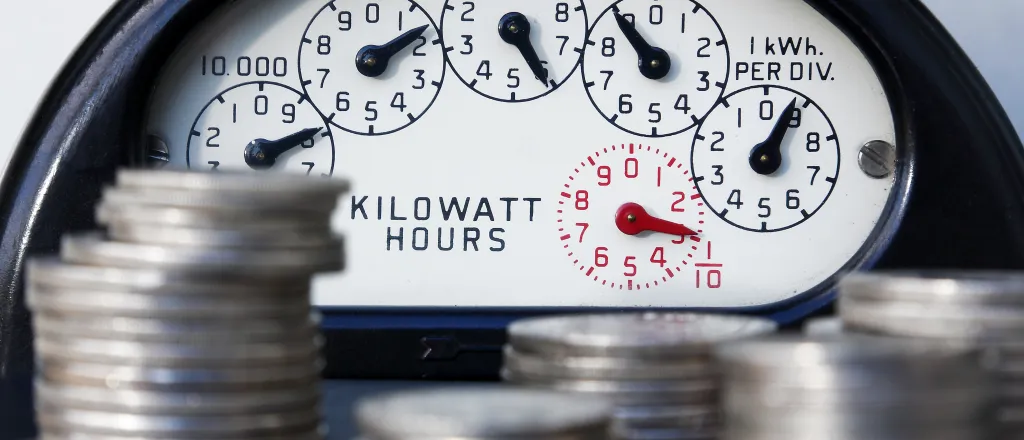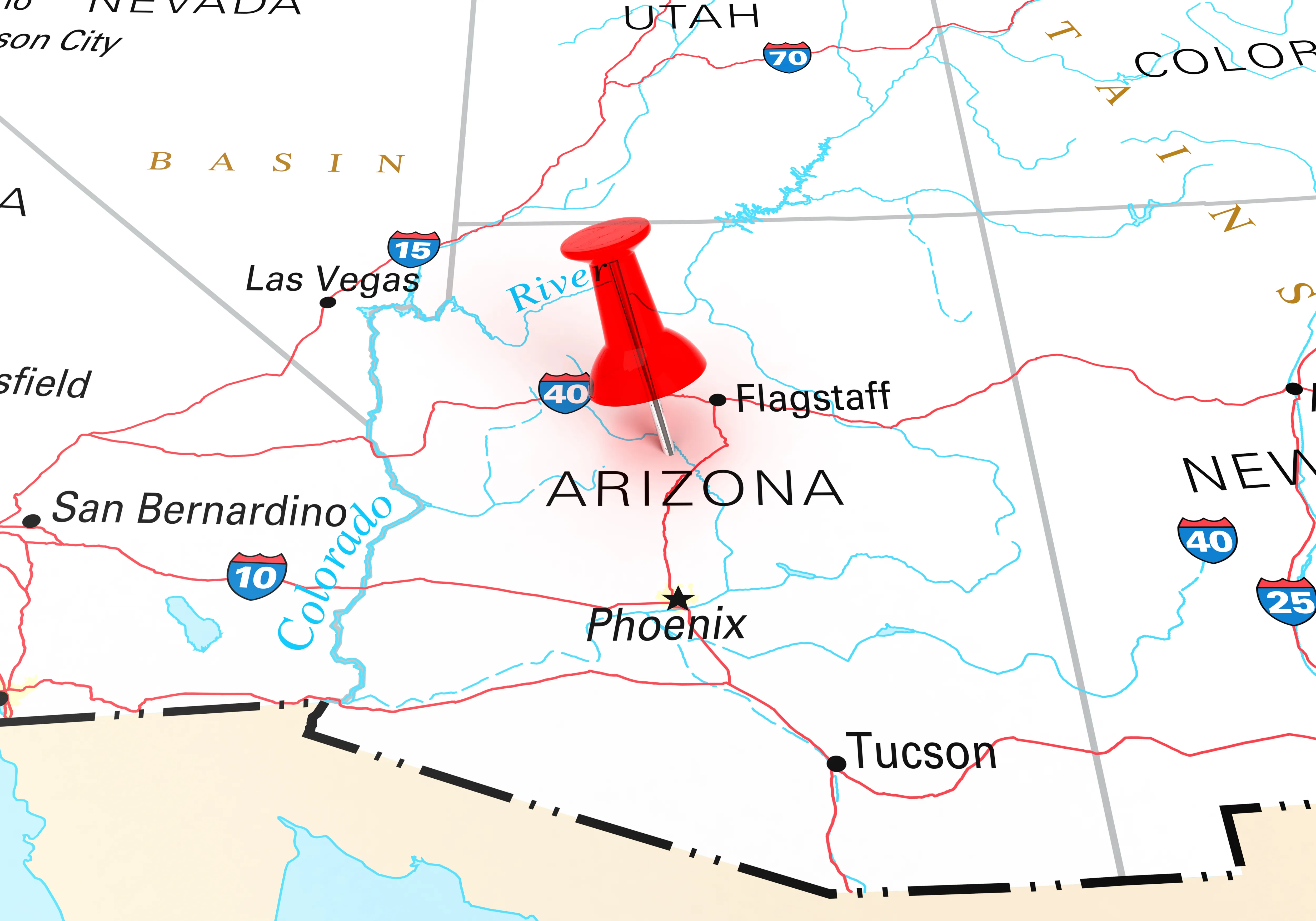
Rural Arizona inn saves on energy bills, helps environment
Click play to listen to an abbreviated version of this article.
Solar panels have been on Anna May Cory's mind for years. But she worried the expense of installing them would outweigh the long-term cost savings.
All that changed last year, when Cory found out about thousands of dollars in grants and tax credits from the Inflation Reduction Act designed specifically to help rural businesses affordably upgrade their buildings to cut energy costs.
The 27-room Pines Inn and Suites sits a few miles southwest of Arizona's famous Sedona red rocks in the 12,000-person town of Cottonwood. Cory moved to the community in search of a rural atmosphere, warmer temperatures and a friendly, small-town experience, which she now helps to foster.
"What I like is the friendliness, and everyone caring about our town," Cory said.
With 275 days of sun, solar makes sense
Pines Inn and Suites has been certified as a "green" hospitality outpost by the Arizona Hotel & Lodging Association for more than two decades, in part thanks to Cory's improvements like high-efficiency light bulbs, better ventilation and a water bottle refilling station for guests.

The hotel even became an early adopter of electric vehicle charging stations.
"We were way ahead of our time," said Cory, who runs the inn with her son and daughter-in-law.
In a town that sees 275 days of sun per year, solar was the next logical step.
Cory learned about federal assistance to install solar while attending the Green Business Boot Campfacilitated by Local First Arizona, a nonprofit that supports small businesses throughout the state. The seven-week program covers a series of sustainability topics, helping Cory realize she could tap into the federal funding passed by Congress in 2022 to cover the bulk of the costs that were holding her back.
To help other business owners, Local First Arizona created a Green Project Guide that explains tax credits, grants and other funding available for energy and water efficiency projects.
70 percent savings with help from federal programs
Cory was able to achieve essentially 70 percent off the installation cost with the help of a $32,000 reimbursement from the Rural Energy for America Program (REAP) and $23,000 from the renewable energy Investment Tax Credit, both of which were made possible through the Inflation Reduction Act.
"One day, $32,000 appeared in our checking account, and we were like, 'Whoa it's time to celebrate!'" Cory said. "For us, that was quite impressive."
In addition to tax credits and grant funding, Cory estimates she will save more than $10,000 on energy bills every year.
The project was so successful, she's working on a second REAP grant to finance a second solar installation.
"I'm excited about that because it's really going to bring down our costs," Cory said.
Doing her part to keep Cottonwood 'breathing fresh air'
Cory feels good that her upgrades will contribute to better health for the whole town. As zero-emission sources of energy, solar panels help reduce air pollution.
That fits right in with what Cory loves about Cottonwood as a hometown.
"I love the Verde River," she said. "We can enjoy the river here, and there's a lot of opportunity for hiking and outdoor activity and breathing fresh air."
In addition to the solar panels, the Green Business Boot Camp inspired Cory to find a locally based coffee vendor to reduce the pollution generated by ordering products from far away.
"It's a small thing, but a small thing can become a big thing in terms of sustainability," she said.
This article was produced by Local First Arizona.

















